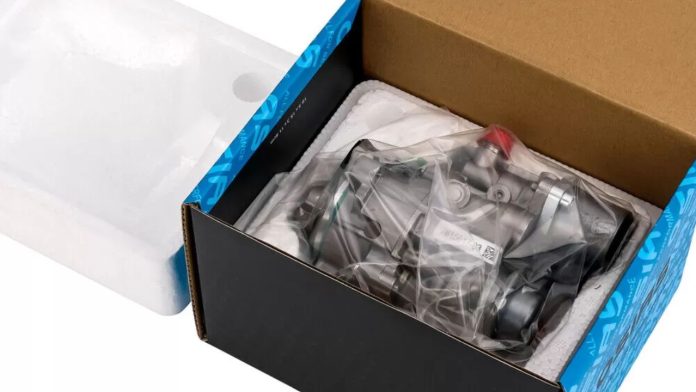Fuel pumps are the most crucial automobile components. Today’s cars cannot do without high-pressure fuel pumps. Their main role is to deliver fuel to the engine. These high-pressure fuel pumps will help explain these pumps’ importance in engine performance, fuel efficiency, and emissions standards. It also makes sure the right pressure to achieve the best performance. Knowing how these pumps work can help in dealing with them and very likely, some issues that may arise. Visit https://www.osiaspart.com/OSIAS-High-Pressure-Fuel-Pump to see high-pressure fuel pumps.
Simple Parts of a High-Pressure Fuel Pump
High-pressure fuel pumps consist of several key components:
- Pump Housing: The covering that encases the internal working of the item.
- Pistons or Plungers: These move within the pump housing to build up the pressure of the fuel.
- Camshaft or Timing Mechanism: Regulates the motion of the pistons or plungers.
- Fuel Inlet and Outlet Ports: Let fuel flow in and out of the pump.
Functioning of High-Pressure Fuel Pump
- Fuel Intake: It starts with a fuel pump. Here fuel is drawn from the tank through a low-pressure supply line. This initial fuel is usually at a much lower pressure than what is needed for combustion.
- Pressurization: When in the pump housing the fuel is under mechanical pressure. This is done by the reciprocation of pistons or plungers which in turn compress the fuel. This movement is regulated by the camshaft or the timing mechanism so that the fuel is pressurized at the appropriate time.
- Fuel Delivery: The fuel is then forced through the pump outlet ports and supplied to the fuel injectors through the fuel rail. The high pressure makes sure that the fuel can be sprayed in the form of a fine drop when injected inside the combustion chamber which is very important for burning and the overall performance of the engine.
- Pressure Regulation: Some high-pressure fuel pumps also include a pressure regulator as part of the pump itself. This component ensures that the pressure within the system is appropriate and does not exceed certain limits because this may cause the engine or fuel system parts to fail.
Common Issues and Maintenance
High-pressure fuel pumps can encounter several issues, such as:
- Clogged Filters: Sometimes the filters that are used in fuel may get blocked and this will result in reduced efficiency of the pump.
- Wear and Tear: Periodically, the elements of the pump can get worn out and this can affect its proper functioning.
- Leaks: Leakages of fuel may happen and this results in poor performance and sometimes even risks to the people around.
Some of the basic precautions that should be taken for the proper functioning of the pump include checking the fuel filters and leaks frequently and the need to change them often. Any problems that may occur should be resolved as soon as possible to prevent additional harm. This will help to strengthen your vehicles.
Conclusion
In conclusion, the high-pressure fuel pumps are one of the critical components of modern engines. They play a vital role in their proper functioning. Thus, car owners will be able to sustain their engine’s performance and durability by comprehending how these systems work and how to care for them. With due attention and timely servicing, the fuel system works efficiently; therefore, driving is much more enjoyable.











